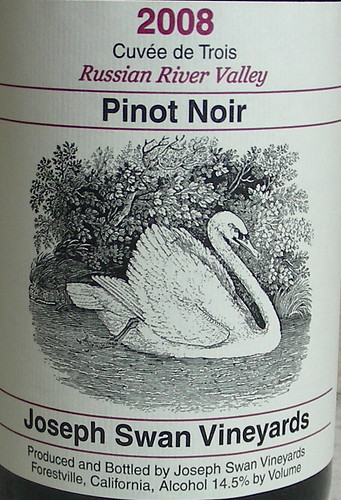Last time we were in France we visited my father-in-law in Joigny, a medieval town in northern Burgundy, just 150 km from Paris and 1 hour or so by train. The old town is particularly picturesque with its narrow cobbled streets and timber-framed 16th century houses. The best view of the city is at the top of the Côte Saint-Jacques, a steep south-facing hillside overlooking the river Yonne. This is where you find thirty hectares of vineyards, planted with Pinot Gris, Pinot Noir and Chardonnay. The location, the northernmost wine district in Burgundy, is on the edge of sustainable viticulture but vines on the hill are protected from the north winds by the forest of Othe on the plateau and from spring frosts thanks to the micro-climate created by the river below.
Historical records indicate that vines were growing in Joigny as early as 1082. The production being so close to Paris, the wines of Joigny were well known and quite popular at the tables of the kings of France. The most famous was the vin gris, a light Rosé primarily made of Pinot Gris, which apparently was a favorite of King Louis XIV. In the 19th century until the phylloxera devastation, Joigny was an active winegrowing and shipping center
In 1990, chef Michel Lorain, owner of the 3 Michelin star hotel and restaurant La Côte Saint-Jacques decided to revive the vineyard on the hill of Saint-Jacques and restore the wines' former high reputation. Five hectares of Chardonnay were planted first, followed later by 2 hectares of Pinot Noir and half a hectare of a mix of Malbec, Pinot Noir, Sauvignon and Tressot in order to produce the famous Vin Gris de Joigny Côte Saint Jacques.
We visited Michel Lorain's winery, the Domaine du Clos Saint Jacques, where we met with Sales and Marketing Manager Pâquerette Jacquemin at the wine shop. She gave us a detailed and passionate pitch about the revival of the vineyard, the expansion to the Japanese market and the recent association with Manuel Janisson of Champagne Janisson. She then took us on a tour of the winemaking facilities located in a 16th century building, which used to be the home of Saint-Vincent-de-Paul when he was living in Joigny.
She generously gave us a sampler of the estate wines that we tasted later with our family. Overall, I found the wines dry, mineral, and crisp, and thought that the whites were more successful than the red.
The 2011 Bourgogne Chardonnay Domaine du Clos Saint Jacques had a light yellow color and a fresh nose of green apple and citrus. The palate had a grippy acidity that worked well with our sauerkraut.
The 2009 Bourgogne Chardonnay Domaine du Clos Saint Jacques Cuvée Les Capucins was slightly fuller than the regular cuvee, with a good amount of minerality and acidity that would team well with shellfish.
The 2008 Bourgogne Chardonnay Domaine du Clos Saint Jacques Cuvée Prestige had a deep golden color and a nose of ripe apple. On the palate, it was rounder and fuller and would pair well with anything creamy.
The 2008 Bourgogne Pinot Noir Domaine du Clos Saint Jacques Cuvée Prestige had a light garnet color and sour cherry nose, quite lean on the palate with under ripe flavors on the finish, not our favorite wine. The region has substantial vintage variations and 2008 was possibly not the best year for the reds in the area.
This was a fun tasting and a great introduction to this up-and-coming appellation. Thanks Pâquerette!
Technorati tags: wine food & drink










